violacein
- CAS NO.:548-54-9
- Empirical Formula: C20H13N3O3
- Molecular Weight: 343.34
- MDL number: MFCD01718468
- SAFETY DATA SHEET (SDS)
- Update Date: 2024-10-28 23:16:16
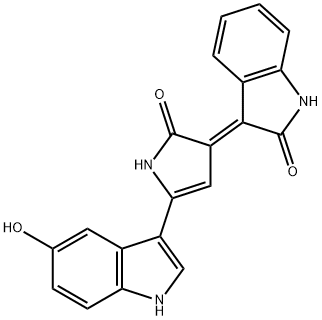
What is violacein?
Description
Violacein is a naturally occurring di-indole-pyrrole violet-blue colored pigment that possesses numerous biological functions such as antimicrobial, antiviral, anticancer, antiulcerogenic, anti-leishmanial, and enzyme modulation properties (Narsing et al. 2017). Violacein is biosynthesized by bacterial species such as Chromobacterium violaceum, Collimonas sp., Pseudoalteromonas sp., Pseudomonas aeruginosa, and Janthinobacterium sp. This natural pigment is used extensively in the cosmetic, food, pharmaceutical, and textile industries (Baiano 2014).
The Uses of violacein
Violacein is an intense violet pigment formed by the condensation of two tryptophan units, found in a number of bacteria, notably Chromobacterium violaceum. The regulation of pigment biosynthesis is the chromogenic basis for the use of C. violaceum CV26 for the detection of quorum sensing mediators. Violacein exhibits broad spectrum actvity against bacteria, protozoans (including malaria), viruses and mammalian cell lines. Violacein cell toxicity resembles TNF-α signal transduction.
The Uses of violacein
Violacein is tryptpphan-derived pigment produced by environmental bacterial. Violacein inhibits gram-positive pathogens by tearing off cytoplasmic cells as observed in Bacillus subtilis and Staphylococcus aureus cells using fluorescence microscopy.
The Uses of violacein
Violacein from Janthinobacterium lividum has been used:
for cell culture assays
as a standard to determine the crude violacein concentration in ethanol extracts of D. violaceinigra str. NI28 cultures
as a standard to identify violacein in the leaf samples of Nicotiana
Definition
ChEBI: violacein is a member of the class of hydroxyindoles resulting from the formal oxidative coupling between the 3-position of 1,3-dihydro-2H-indol-2-one and the 3-position of 1,3-dihydro-2H-pyrrol-2-one, which is substituted at the 5 position by a 5-hydroxy-1H-indol-3-yl group, where the newly-formed double bond has E configuration. It is a purple chromobacterial pigment that has antibacterial, antifungal, antiprotozoan, and anticancer properties.
General Description
Violacein from Janthinobacterium lividum is used as a colorant for natural and synthetic fabrics. It functions as a respiratory pigment and regulates tryptophan production. Violacein exhibits anti-protozoal activity.
Biochem/physiol Actions
Violacein, a violet pigment, is an indole derivative produced by various bacterial strains such as Chromobacterium violaceum, Janthinobacterium lividum, Chromobacterium lividum, and Pseudoalteromonas luteoviolacea. Violacein is a member of a novel class of cytotoxic drugs, which mediate apoptosis. Violacein exhibits antitumoral, antibacterial, antiulcerogenic, antileishmanial, and antiviral activities. Violacein and its β-cyclodextrin complexes trigger apoptosis and differentiation in HL60 leukemic cells. Violacein cytotoxicity is preceded by activation of caspase 8, transcription of NF-κB target genes, and p38-MAPK activation resembling TNF-α signal transduction.
Properties of violacein
| Melting point: | >350 °C (decomp) |
| Boiling point: | 821.4±65.0 °C(Predicted) |
| Density | 1.549±0.06 g/cm3(Predicted) |
| storage temp. | 2-8°C |
| solubility | H2O: insoluble |
| form | A solid |
| pka | 9.72±0.40(Predicted) |
| color | Brown to black |
Safety information for violacein
Computed Descriptors for violacein
New Products
4-AMINO-TETRAHYDRO-PYRAN-4-CARBOXYLIC ACID HCL 4-(Dimethylamino)tetrahydro-2H-pyran-4-carbonitrile 4-Aminotetrahydropyran-4-carbonitrile Hydrochloride (R)-3-Aminobutanenitrile Hydrochloride 3-((Dimethylamino)methyl)-5-methylhexan-2-one oxalate 1,4-Dioxa-8-azaspiro[4.5]decane 5-Bromo-2-nitropyridine Nimesulide BP Aceclofenac IP/BP/EP Diclofenac Sodium IP/BP/EP/USP Mefenamic Acid IP/BP/EP/USP Ornidazole IP Diclofenac Potassium THOMAIND PAPER PH 2.0 TO 4.5 1 BOX BUFFER CAPSULE PH 9.2 - 10 CAP SODIUM CHLORIDE 0.1N CVS ALLOXAN MONOHYDRATE 98% PLATINUM 0.5% ON 3 MM ALUMINA PELLETS (TYPE 73) LITHIUM AAS SOLUTION 2-Bromo-1-(bromomethyl)-3-chloro-5-nitrobenzene 2-Bromo-3-nitroaniline N-(3-Hydroxypropyl)-N-methylacetamide 3-Bromo-6-chloropyridazine 4-ethyl-3-nitrobenzoic acidRelated products of tetrahydrofuran
![3-[5-(1H-Indole-3-yl)-2,3-dihydro-2-oxo-1H-pyrrole-3-ylidene]-1H-indole-2(2H)-one](https://img.chemicalbook.in/CAS/20150408/GIF/5839-61-2.gif)
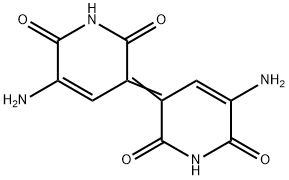
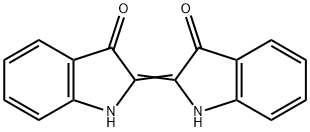

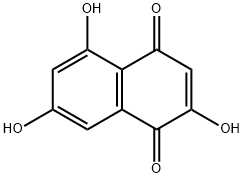
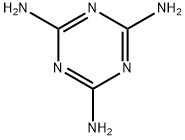
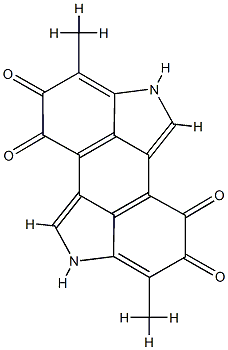

You may like
-
 Violacein from Janthinobacterium lividum CAS 548-54-9View Details
Violacein from Janthinobacterium lividum CAS 548-54-9View Details
548-54-9 -
 1-Methyl-6-oxo-1,6-dihydropyridazine-3-carbonitrile 98%View Details
1-Methyl-6-oxo-1,6-dihydropyridazine-3-carbonitrile 98%View Details
99903-60-3 -
 1823368-42-8 98%View Details
1823368-42-8 98%View Details
1823368-42-8 -
 2-(3-(tert-butyl)phenoxy)-2-methylpropanoic acid 1307449-08-6 98%View Details
2-(3-(tert-butyl)phenoxy)-2-methylpropanoic acid 1307449-08-6 98%View Details
1307449-08-6 -
 Ethyl 3-(furan-2-yl)-3-hydroxypropanoate 25408-95-1 98%View Details
Ethyl 3-(furan-2-yl)-3-hydroxypropanoate 25408-95-1 98%View Details
25408-95-1 -
 2-Chloro-5-fluoro-1-methoxy-3-methylbenzene 98%View Details
2-Chloro-5-fluoro-1-methoxy-3-methylbenzene 98%View Details
1805639-70-6 -
 1784294-80-9 98%View Details
1784294-80-9 98%View Details
1784294-80-9 -
 Lithium ClavulanateView Details
Lithium ClavulanateView Details
61177-44-4